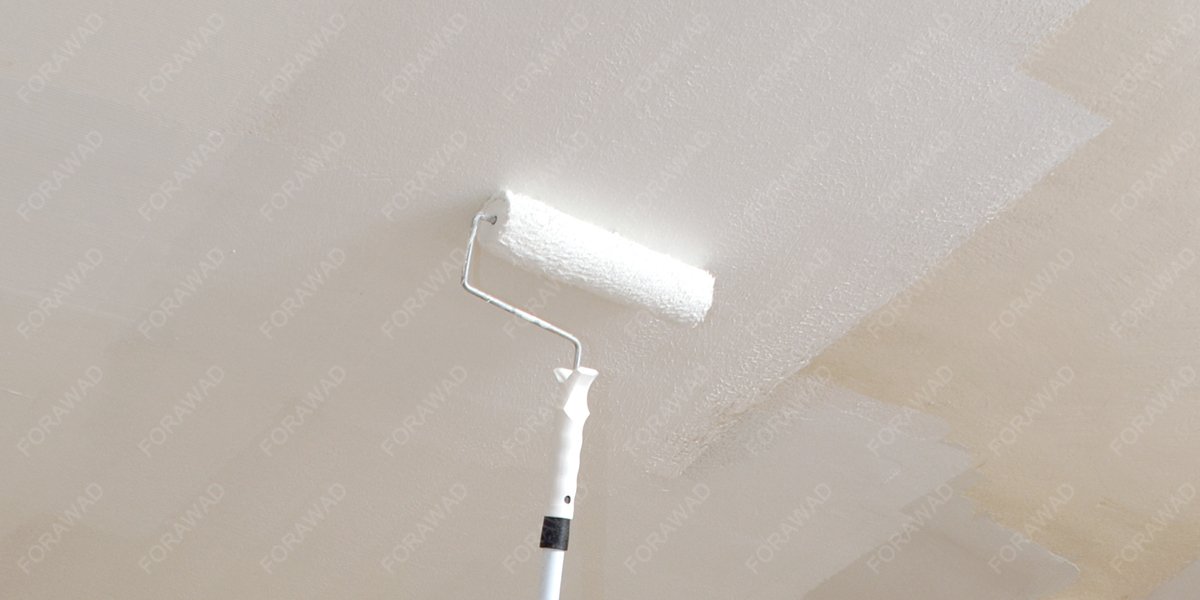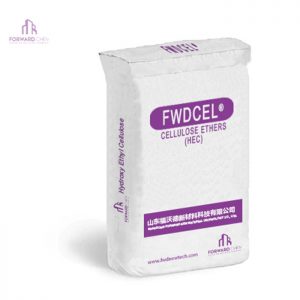With growing awareness of environmental protection and health, water-based paint are rapidly replacing traditional solvent-based coatings with their unparalleled advantages, becoming the mainstream coating solution in architectural, industrial, and home applications. This represents not only a technological revolution but also a commitment to sustainable development and healthy living.
- What is water-based paint? The Core is "Water"
Unlike oil-based paints, which use organic solvents (such as tartar and thinner) as diluents, water-based paint are coating systems that use water as the primary dispersion medium and diluent.
- Core Ingredients:
- Waterborne Resin: The film-forming substance of coatings, the foundation of their performance (e.g., acrylic emulsions, epoxy emulsions, polyurethane dispersions, etc.).
- Water: Acts as a solvent, replacing the organic solvents in oil-based paints.
- Additives: Such as defoamers, leveling agents, and wetting and dispersing agents, improve application and film-forming properties.
- Pigments/Fillers: Provide color, hiding power, and special functional properties.
In simple terms, the principle of water-based paint is that water-based resin and pigment are suspended in water in the form of tiny particles. After construction, the water evaporates, the resin particles fuse and cross-link to form a dense paint film.
- Why Choose Water-Based Paint? Four Core Advantages
- Environmental Protection and Health:
- Low VOC Emissions: VOCs (volatile organic compounds) are one of the main culprits of indoor air pollution and atmospheric photochemical pollution. Water-based paint has an extremely low VOC content, significantly reducing harm to the environment and human health.
- Non-toxic and Odorless: There is no irritating odor during application and it is non-flammable or explosive, greatly protecting the health of construction workers and residents.
- Convenient and Safe Application:
- Water-Dilutable: Mix and clean directly with clean water, eliminating the need for expensive specialized diluents.
- Easy Tool Cleaning: Tools and equipment can be cleaned with clean water after application, saving time and effort.
- Safe Storage and Transportation: Due to its non-flammable nature, it is classified as ordinary cargo during storage and transportation, reducing risks.
- Excellent Performance:
Early water-based paints had shortcomings in hardness and water resistance, but with technological advancements, modern high-performance water-based paints now rival or even surpass traditional oil-based paints.
- Breathable and Mildew-Resistant: The paint film's microporous structure allows moisture to escape from the wall, preventing blistering, peeling, and mildew caused by moisture.
- Strong Adhesion: Excellent adhesion to a variety of substrates (such as wood, walls, and metal).
- Good Flexibility: Less prone to cracking, resulting in greater durability.
- Wide Application Compatibility:
From interior walls to wood furniture, from automotive manufacturing to shipbuilding and corrosion protection, water-based paints cover nearly every coating application.
III. Main Types and Applications of Water-Based Paints
- Architectural water-based paint: The most common type, used for interior and exterior walls. Like the latex paint we use daily, its core is a water-based acrylic resin.
- Water-based wood paint: Used for coating furniture, flooring, doors, windows, and other wooden products. Water-based polyurethane paints offer excellent hardness and abrasion resistance.
- Water-based industrial paint: Used in automotive, rail transit, construction machinery, and containers. Water-based epoxy paints and acrylic paints provide excellent rust and corrosion protection.
- Water-based artistic paints: Such as diatom mud and textured paints, while offering environmental benefits, meet people's demand for personalized and artistic home styles.
- Common Misconceptions and Answers
- Misconception 1: Water-based paints are less durable than oil-based paints?
- Answer: This was true in the past. However, today's high-performance water-based wood and industrial paints have achieved hardness, abrasion resistance, and chemical resistance that meet or even exceed the standards of oil-based paints.
- Myth 2: Water-based paint cannot be applied in humid environments?
- Answer: The application environment needs to be well ventilated, but the drier the better. Excessive dryness can actually affect film formation. Avoid application in extremely high humidity (e.g., >85%) or low temperatures (e.g., <5°C), as these can affect moisture evaporation and film formation.
- Myth 3: Water-based paint is more expensive?
- Answer: Considering material costs alone, some high-performance water-based paints may be slightly more expensive. However, considering the overall cost (no need to purchase thinner, easy tool cleaning, low safety costs, and high health benefits), their cost-effectiveness is outstanding
- Future Trends: Intelligence and Functionality
Water-based paint are rapidly developing and will evolve towards a smarter and more diverse future:
- Functionality: Water-based paintwith special features such as self-cleaning, antibacterial and antiviral properties, thermal insulation, air purification, and fire retardancy are emerging.
- Intelligence: Intelligent coatings that respond to environmental temperature, humidity, light, and pressure, such as color-changing and self-healing coatings, are being developed.
- Bio-based Materials: Utilizing renewable resources such as plant oils and cellulose to develop bio-based water-based resins will further reduce dependence on petroleum resources and achieve a green and environmentally friendly lifecycle.
Conclusion
With their environmentally friendly, healthy, and safe nature, as well as their increasingly advanced performance, water-based paint have become the irreversible future of the coatings industry. Choosing water-based paint is not just about choosing a high-quality product, but also about choosing a modern lifestyle that is environmentally responsible and health-conscious. With continuous technological breakthroughs, water-based paint will continue to expand their application boundaries, contributing to the development of a green, intelligent, and healthy living environment.
Our company can provide a series of different specifications of HEC products, which are widely used in water-based paints. Welcome to consult. For more information, please visit www.fwdnewtech.com or contact us at: info@fwdnewtech.com


